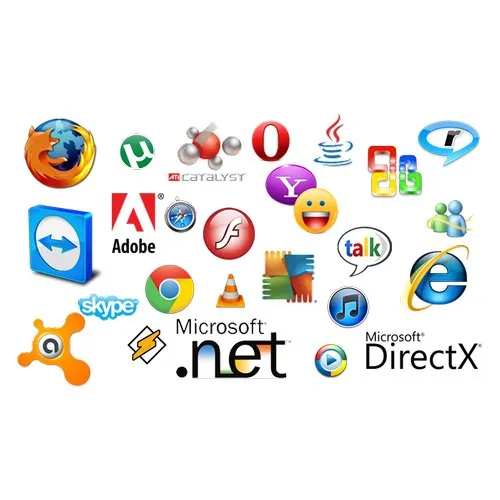
What Is a Software Application?
Software applications are computer programs designed to perform specific functions. They may serve as general-purpose solutions or specialize in one particular area.
Word processing programs, which allow users to format text and add other content, are among the most widely-used types. Others such as spreadsheet software that simplifies calculations and communication apps that allow for text messaging or video calling are also popular options.
Word processors
Word processing enables humans to articulate their thoughts, feelings, sentiments and facts through writing that can be communicated over long distances. Word processing skills are particularly necessary for students as they must complete essays and reports in school; additionally, having proficiency at word processing skills is invaluable when applying for jobs and engaging in general correspondence.
Standard features of word processors include the ability to insert and delete text, change font size and color settings, add styles, create macros – which automate repetitive tasks – as well as edit document layout, including adding table of contents and page numbers.
Word processors offer multi-user support, enabling teams to collaborate from various locations on projects at once. This feature reduces confusion when sending back and forth multiple versions of documents that become confusing with larger files; some cloud-based word processors even offer real-time collaborative editing features.
Database applications
Database applications are computer programs written using programming languages to store and organize data for end-user use, including searching, sorting and reporting on it. They often also contain code performing mathematical and statistical calculations on said data in order to support queries. Database apps have many uses from scientific research to e-commerce.
Modern database applications enable users to easily create custom searches and use easy-to-use graphical interfaces to manipulate data, as well as offering enhanced database security and multi-access control. Some are cloud-based, using machine learning technology for tasks like tuning, backups and updates automatically.
Database software can be utilized in many industries, from e-commerce to manufacturing. It helps streamline database management while assuring data accuracy and consistency, performance monitoring and making retrieving data from a database simpler than ever. Furthermore, database software can manage information from multiple sources like text files and flat files.
Spreadsheet applications
Spreadsheet applications provide an efficient method for collecting, organizing, and analyzing data. Spreadsheet applications can be used for everything from simple calculations to more complex ones – like analyzing complex datasets or creating graphs and charts – by combining raw values (such as numbers) with mathematical formulas that automatically compute new values.
Spreadsheet software is easy to use and doesn’t require extensive training for staff who are expanding quickly; making it the perfect solution for teams without enough time or resources to onboard new members onto more complicated programs.
Many cloud-based spreadsheet apps provide real-time collaboration, commenting, version history and version control – some of the most popular such options include Google Sheets, Microsoft Excel, XL2Web and Collabora Online Calc. Airtable also offers full spreadsheet capabilities with options like calendar, Kanban board view or gallery for additional views of data.
Simulation software
Simulation software enables designers to explore and test various ‘what if’ scenarios without incurring cost prohibitive changes in real life. This enables teams to understand why certain processes work or don’t, helping to optimize systems more effectively while increasing project buy-in by showing stakeholders how their efforts impact other areas of their business.
Simulation can be used to model any system with an event flow, but is especially beneficial when modeling processes with changing conditions over time – for instance customer arrival rates, equipment availability or material handling needs that require modeling more precisely than other approaches.
General purpose simulation packages typically feature both discrete event and continuous models. Discrete event models can be used to simulate statistical events like queue lengths at banks or wait times at supermarkets, while continuous simulators may be employed to simulate physical phenomena like ballistic trajectories, human respiration patterns, electric motor response dynamics or steam turbine power generation.








